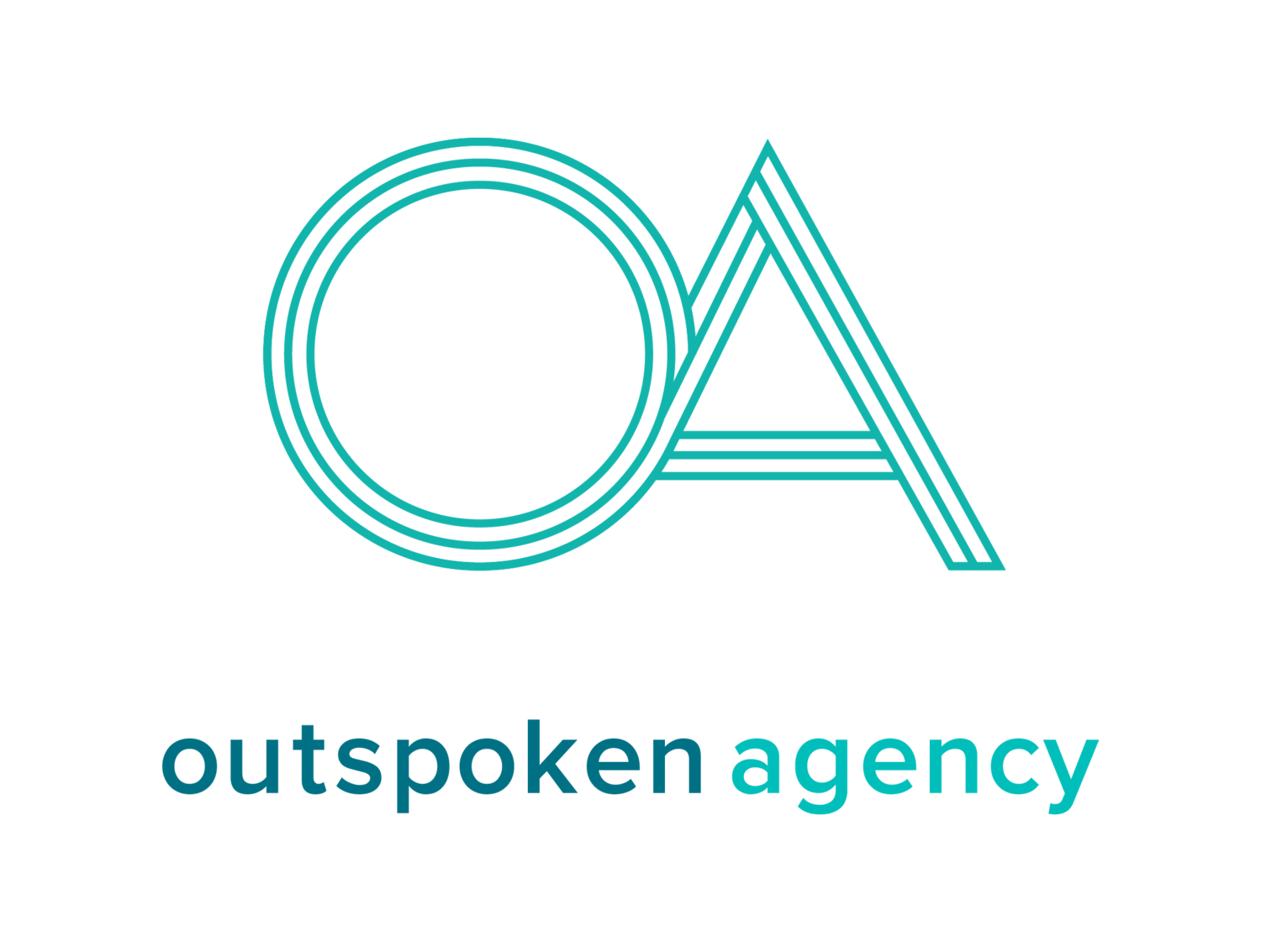INNOVATION & DESIGN EXPERT; BEST-SELLING AUTHOR
Soon Yu is an international speaker and author on innovation and design who has been featured in the Wall Street Journal, Washington Post, Entrepreneur Magazine and New York Times.
His best-selling book, Iconic Advantage, challenges businesses, from Fortune 500 to venture-backed startups, to refocus their innovation priorities on building greater iconicity, and offers deeper insights on establishing timeless distinction and relevance. He regularly consults business leaders on developing meaningful Iconic Signature Elements, Signature Moments and Signature Communication.
He most recently served as the Global VP of Innovation and Officer at VF Corporation, parent organization to over 30 global apparel companies, including The North Face, Vans, Timberland, Nautica and Wrangler. While at VF, Soon created a $2 billion innovation pipeline, established 3 global innovation centers, and initiated industry-leading design best practices.
Prior to this he worked at The Clorox Company and Chiquita Brands, where he won company-wide awards for best advertising, best promotion and best new product, and gained industry recognition from the Webby Award, Favorite Website Award and Dope Award. He has also been a consultant at Bain and Company, and a founder and CEO for numerous venture-backed startups (including Gazoontite, Promeo Technologies and TWRL) and was recognized as a Northern California finalist for the prestigious Ernst & Young “Entrepreneur of the Year” award.
He is a highly sought after speaker on innovation, design and entrepreneurship, and often guest lectures at the Parsons School of Design and Stanford University (where he received his MBA and is active with the GSB Asian Alumni Association).
In his latest book release co-authored with Dave Birss, Friction: Adding Value by Making People Work for It, Soon proposes that we should start thinking about adding some friction back into our lives. Friction outlines the difference between good friction and bad friction, and where a bit of friction can add more value, and lead to more meaningful, memorable experiences in a way that benefits both individuals, their customers, and even their team members.
Topics:
-
Since the moment the first human invented the wheel, we have been on the hunt to do more with less effort. We invented the pull-down-to-refresh gesture on mobile devices to save us the effort of clicking on a single button. This has accelerated in recent years with a ruthless focus on creating frictionless experiences. But have we gone too far? Indeed, not all friction is created equal. In the quest to reduce bad friction, have we neutered all the good friction? Good friction is essential to induce the much needed happy chemicals like Adrenaline, Dopamine, Oxytocin, Serotonin and Endorphins (A DOSE). Good friction that leads to creating Exclusivity, Meaning, Belonging, Rapport, Assurance, Competence, and Engagement (EMBRACE). Soon shares how successful companies are developing new insights into the role of good friction in the design of meaningful brand experiences.
-
Before chasing what's new, consider innovating what's OLD... Growing iconic brand and product franchises is a conscious and deliberate strategy for success, and requires strong and coordinated design, innovation, and marketing capabilities. Come learn what new best practices are required to fully leverage this competitive advantage, especially in a world where consumers are gravitating towards fast fashion and commoditized products.
-
The days of a "great idea that sells itself" are gone. Organizations are facing greater complexity from an explosion of technologies, new business models and changing consumer expectations. Great ideas, while being the possible solution to these challenges, face an even greater challenge to sustain organizational momentum in the midst of all this complexity. To achieve success, a "T shaped" leadership model must be applied to innovate. A model that goes beyond just developing inspired ideas to the organizational influencing skills required to execute them.
-
A young IBM executive, who just lost millions in series of blunders, was called to a meeting with Tom Watson, the CEO. He asked Tom whether they were going to fire him and instead Tom replied, "Not at all, young man, we have just spent a couple million dollars educating you." Everyone knows that failure is part of any innovation journey—but how can you turn this failure into a competitive advantage?
Instagram: @soonspeaks

